Description
hardware flow control. It is an ideal choice in the field of industrial automation.
Why is the industrial Internet inseparable from industrial control?
ABB Global CEO Ulrich Spiesshofer recently accepted an exclusive interview with a reporter from Caijing in New York. He believes that the global manufacturing industry is
undergoing drastic changes. The era of labor arbitrage is over. Labor costs are no longer the focus of competition. The future of manufacturing lies in In factories that are smaller,
closer to consumers, and more agile. Artificial intelligence ( AI ) is the most important technology shaping the future of manufacturing. Currently, AI technology is mainly used in the
consumer field, but its large-scale application in the industrial field and among enterprises is more critical.
Digital transformation has been a keyword for global manufacturing giants in the past two years, and the industrial Internet is the implementation form of digital transformation.
General Electric (GE), Siemens and ABB are all leaders in this regard . Spiesshofer believes that GE”s industrial Internet only collects data and analyzes but cannot control it.
As the world”s two largest industrial automation suppliers, ABB and Siemens have the ability to control equipment, which is a significant difference from GE.
ABB is headquartered in Zurich, Switzerland. Its history can be traced back to the 1880s. It started from the original electrical manufacturing business and has developed into an international manufacturing
giant including electrical products, robotics and motion control, industrial automation and power grid. In 2017, ABB”s revenue was US$34.3 billion, ranking 341st among the
Fortune 500 companies. Spiesshofer has served as CEO for nearly five years since taking office in September 2013.
Below are the details of the interview.
The era of labor arbitrage is over
Caijing: Is 2018 a good year for the manufacturing industry?
Spiesshofer: From a global perspective, GDP is growing and consumption is also growing. Overall positive.
Caijing: What crucial changes are taking place in the manufacturing industry?
Spiesshofer: The jobs of the future will be different from the jobs of the past. In the Middle Ages, craftsmen moved between villages, taking their tools with them to work where
there was demand; later we invented factories, integrated supply and demand, and invented logistics; later people realized that there was labor arbitrage (Labor Arbitrage, Refers to
the existence of moving industries that have lost technological advantages and technical barriers to areas with low labor prices to increase profits by reducing labor costs), so we place
factories in emerging countries to benefit from labor arbitrage.
Now, with the development of modern automation and robotics, we can break this picture and bring value addition closer to demand. I think the future of manufacturing is
in factories that are smaller, closer to consumers, and more agile. I believe that the global logistics chain will also be reduced in the future because we will produce products closer to consumers.
The era of labor arbitrage shaping the global manufacturing landscape will be over because we can offset this arbitrage.
Recently we opened a new factory in Germany. Due to the adoption of intelligent automation technology, its unit cost is exactly the same as that of the best factories in
China. So I think the local market will be repositioned in the future, and the positioning of competitiveness will also change from just considering costs to focusing more on technology and value.
Caijing: Many people are complaining that automation has caused people to lose their jobs, and artificial intelligence technology has made the complaints louder
. But these new technologies are also creating new jobs. How do you see the relationship between the two?
Spiesshofer: In 1990, one-third of the world”s population lived below the extreme poverty line. Today, only 8% rely on technology. In fact, countries with the
highest robot densities, such as Germany, South Korea, Singapore, and Japan, also have the lowest unemployment rates. Robots combined with educated people can create prosperity, produce more
affordable goods, and lead to economic growth. Government, education and business need to work together to keep up with the changing world.
Clearly, millions of jobs are disappearing, but millions of new ones are being created. Taking our own business as an example, we used to have many
employees doing metal casting and forging work, but now these tasks are automated. But now we have more employees working in the service industry, developing apps, and working with customers.
So I think we should not be afraid of change, but should lead our employees to manage change and promote change. If we succeed, global employment will eventually grow.
https://www.xmamazon.com
https://www.xmamazon.com
https://www.plcdcs.com/
www.module-plc.com/
https://www.ymgk.com
810-073479-215 | LAM | Rev Tested Board
301120 | PLIZI | Safety bus module
XVME-660716 | Xycom | VMEbus Pentium III Low-Power Processor Module
140NOE77101 | Schneider | ETHERNET NETWORK TCP/IP MODULE
UUD148AE01 3BHE014185R0001 | ABB | Inverter trigger board
MKD071B-061-KG1-KN | Rexroth | servo motor
6SM37L-4.000 | KOLLMORGEN | Servo motor
6410-007-N-N-N | Pacific Scientific | Stepper Drive
VT-HNC100-1-23W-08-P-0 | Rexroth | VT-HNC100 Digital Axis Controllers
VE3006 | EMERSON | MD-PLUS Controller
UR8HH | GE | Universal Relay Systems UR Series
T70-QQU-AA0-LK | KEBA | Teach Pendant
SERVOSTAR 310 | KOLLMORGEN | S300 Servo Drive
AIP171 | Yokogawa | PC Board Controller Board
S21260-SRS | KOLLMORGEN | SERVO DRIVER INPUT
S20660-SRS | KOLLMORGEN | Servo driven drive
SDAS-01-7Y2S1024 | TE Connectivity | Current Sensor Current Sensor AC Current 11-Pin
S72402-NANANA-NA-225 | KOLLMORGEN | Servo driven drive
R43HCNAR2NSVS00 | Pacific Scientific | Motors-AC Servo
PR6424010-040+CON021 | EPRO | Front axis sensor
PDP403 | METSO | Distributed Processing Unit
PMAC-2 ACC8E | DELTA TAU | VMEbus Single-Board
PR6423010-010+CON21 | EPRO | Logical analog sequence module
NW-BM85-000 | Schneider | MODBUS ACCESSORY
NETC01-M2 | MECHATROLINK | Network Gateway
P0916AG | FOXBORO | FBM204 Field Terminal Assembly
P0916AW | FOXBORO | Field Terminal Assembly
MSPC-68866800 MACROTEK PCI/ISA Single Board Computer
MT8803G Anritsu Terminal Globalstar
MVI69E-MBTCP PROSOFT Modbus TCP/IP Enhanced Communication Module
MVME6100 MOTOROLA VME Single-Board Computer
MVME2400 MOTOROLA VME Processor Module
MSK101D-0200-NN-M1-AG2-NNNN Rexroth powerful motor
MSK076C-0450-NN-M1-UG1-NNNN Rexroth powerful motor
MPC4 200-510-076-114 Vibro Meter Protection Card meggit
LLS570-05 LAETUS BAR CODE SCANNER
LF 1005-SSP16 ABB Current Transducer
LCPV25EKA Edwards Vacuum Aluminum LCPVEK valves
IC693MDL730 GE 12/24 Volt DC Positive Logic 2 Amp Output module
PCI-5421 | NI | Waveform Generator Device
IC200UDR005 GE 28-point Micro PLC module
HED8OH-1050K14AS Rexroth Pressure relay
HD22005-3 EMERSON charging module
GHOPC-410 B AAV66870 GHISALBA contactor
G448-0002 Ultra SlimPak Output Isolators
FBM204 FOXBORO I/A Series 4-Channel 0 to 20ma P0914SY
FBM241C FOXBORO Compact Discrete I/O Modules
FBM242 FOXBORO Externally Sourced, Discrete Output Interface Module
F650-B-F-G-F-2-G-1-HI-E GE Multilin Feeder Protection & Bay Controller
ETP90H-4G50 ABB Digital transmitter
EPL10200-W LENZE Isolation of diodes
E69F-BI2-S FOXBORO Current-to-Pneumatic Signal Converter Field-Mounted
E69F-T-I2-JRS FOXBORO Current-to-Pneumatic Signal Converter Field-Mounted
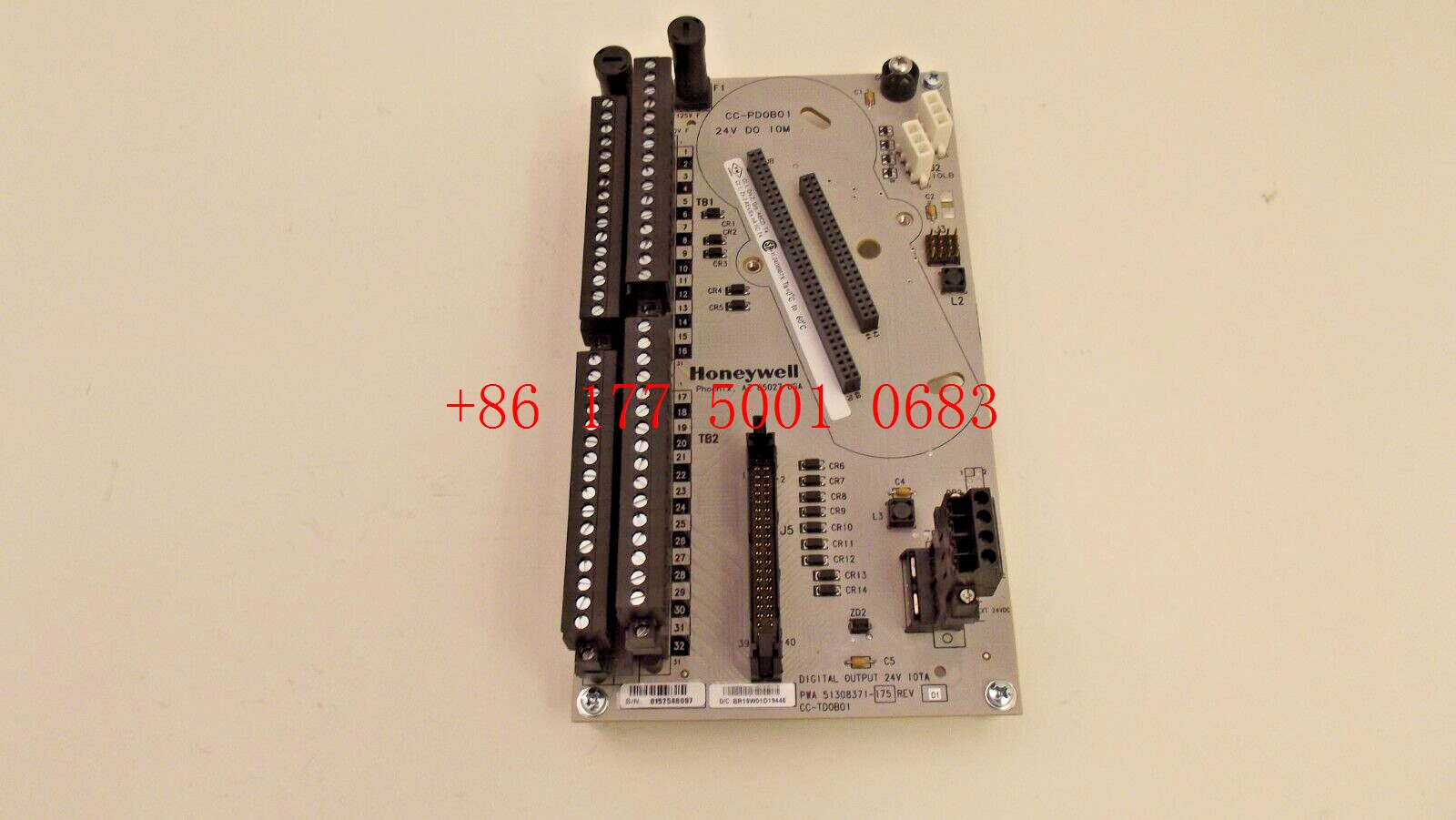
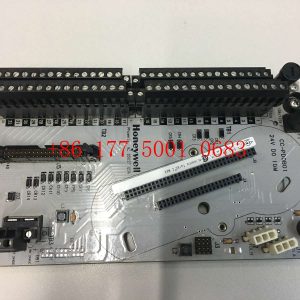
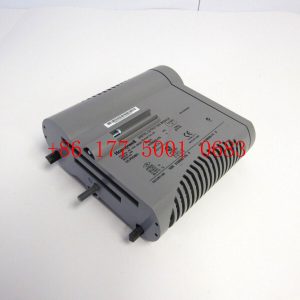
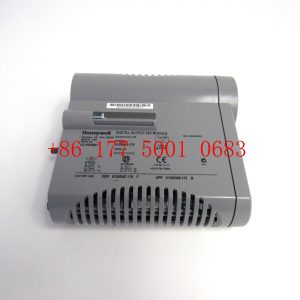
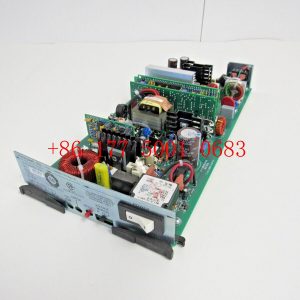




Reviews
There are no reviews yet.